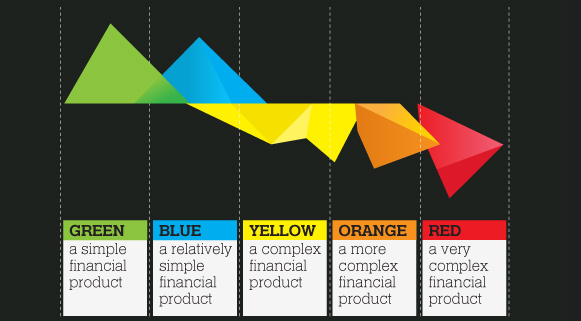
As investors and financial advisers seek compelling investment opportunities, they’re often faced with challenges. From lack of readily available information to deciphering the plethora of investment choices, finding those with potentially attractive returns can be an arduous task.
We’ve found that solid opportunities, in particular, that rely on factors driving alpha returns are often not readily explained. This could be due to the offer itself or that smaller funds such as specialised funds are sometimes overlooked by the larger research houses. There’s potentially greater risk when investing in a smaller part of the market in an attempt to gain alpha returns and the risk needs to be identified, understood and monitored.
Hedging with Hedge Funds
Let’s take for example a fund that includes hedge funds as part of its investment strategy.In an environment where bond and equity prices are at an
all-time high, investors are looking for hedge fund returns.However, there are many factors requiring analysis: who are the service providers? What
are the significant break clauses with external counterparties? What are the pricing policies and risk management system? And importantly,
what are the responses of the management to such breaches to risk limits? There are many hedge fund strategies and not all perform well at the
same time. It is important to understand market conditions that will – or won’t – be conducive to different strategies.
One of the tools available to investors and their advisers to help them assess various levels of risk is an investment rating. Typically risks identified and factored in a rating relates to the fund structure, performance, investment portfolio and fees relative to an appropriate benchmark.
Two-dimensional rating and product complexity assessment
An Australia Ratings’ managed fund rating seeks to identify funds and investment opportunities that are amongst best in class. Our analysis is based
on a structured blend of quantitative and qualitative assessment of various risks – leverage risk, derivative risk, structural risk, currency risk
(for international products) and management risk where processes are not sufficiently transparent. The rating reflects our opinion of expected consistency
of a fund’s or investment’s performance; and the manager’s ability to produce superior performance amongst its peer/style group in the near term.
Our opinion is categorised, using a five point scale, on how well we believe a fund will perform against a range of risks. From the highest ‘Superior’ rating – indicating a highest level of confidence to the lowest ‘Weak’ rating – indicating that the Fund is unlikely to deliver a return in line with its objectives.In between are ‘Very Strong’, ‘Strong’ and ‘Competent’ rating classifications.
The second component of our rating is the product complexity indicator (PCI).This colour coded classification highlights to investors the investment products’ level of complexity expressed through its terms and conditions’ structure and transparency that may affect their returns over time. Also in five levels, the PCI colour ranges from Green - for financial products that are classified as ‘Simple’ to ‘Red’ or ‘Very Complex’ financial products. In between these two extremes are the classifications ‘Blue’ – Relatively Simple’, ‘Yellow’ – Complex, and ‘Orange’ those regarded as More Complex.
The PCI can be a useful gauge to investors and their advisers when trying to understand the complexity level of a fund in terms of, for instance, the strategies used to outperform their chosen market sector.
What’s in a rating?
Some of the key areas Australia Ratings factors in its rating assessment include the investment’s structure and corporate background, business management
team, operational capability, investment process, risk management, past performance, economic cycle and fund style and its third party service providers.
And to ensure objectivity and transparency of the analysis are met, the framework used is presented to the rating committee who then decides the rating
classification and PCI to assign to a fund or investment.
In the case of hedge funds where absolute returns is typically sought, the investment manager’s skill and experience are one of the key factors considered. Hedge funds which typically use a variety of non-standard, often complex, strategies such as the use of leverage, derivatives and alternative products can be riskier than traditional asset classes. And there’s great focus on the manager’s ability and experience to employ strategies that deliver returns that meet the investment objectives whether that be to diversify portfolio risk or provide superior returns to the underlying market.
Using Australia Ratings’ PCI as an indicator, a hedge fund is typically designated as an “Orange” product complexity level – indicating that a fund or investment which uses hedge funds as part of its investment strategy tends to be regarded as a ‘Complex’ financial product.
More information
Find out more about how Australia Ratings’ PCI is used to classify complexity of investment financial products at http://www.australiaratings.com/investment-ratings/process-definitions.